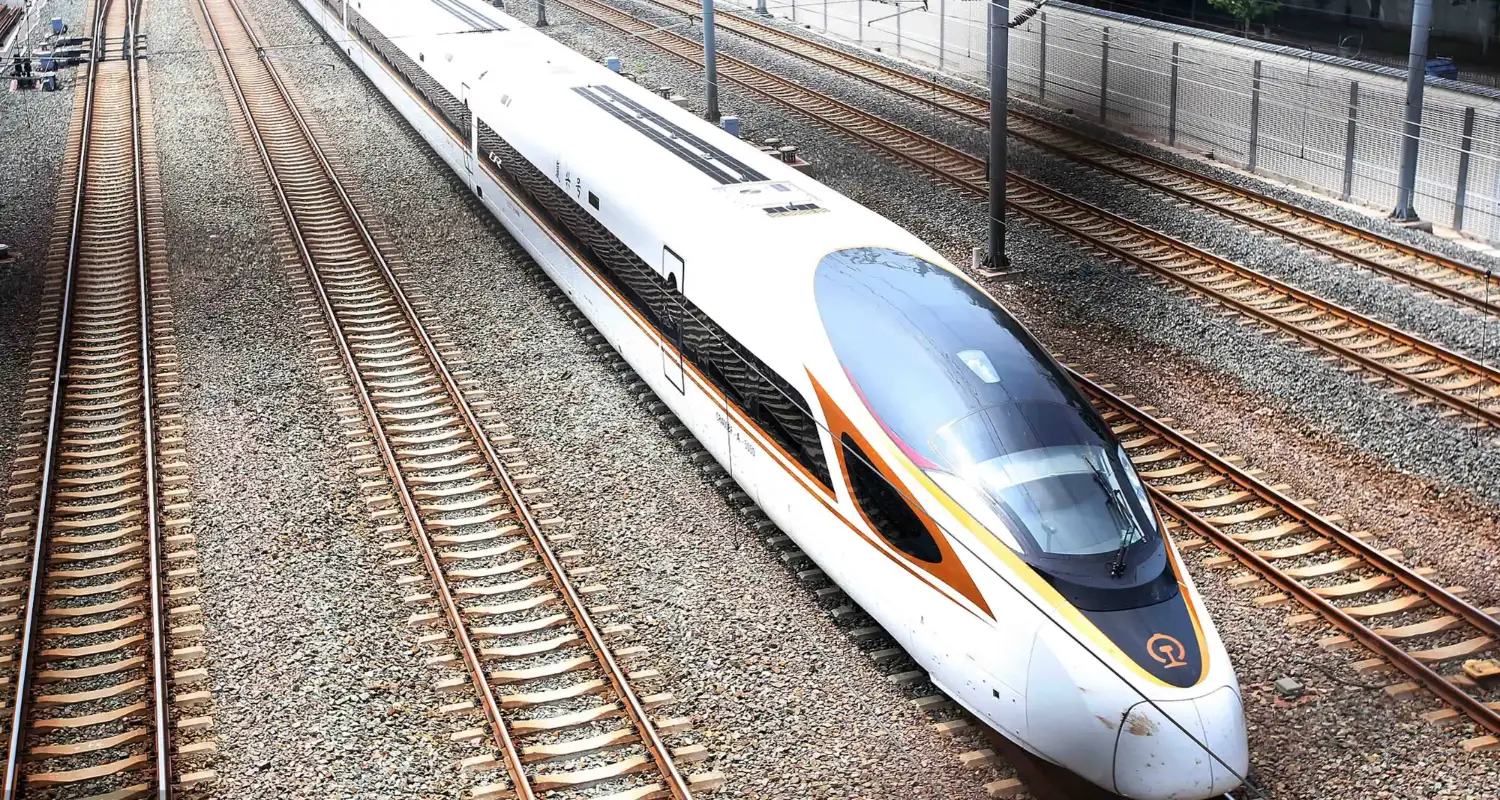
China Bullet Train
Introduction
China’s bullet train network is one of the most advanced in the world, offering travelers a fast, efficient, and comfortable way to explore the country. Known as “Gaotie” (高铁) in Chinese, these trains connect over 500 cities, making rail travel a popular choice for both tourists and locals. With speeds reaching up to 350 km/h (217 mph), you can travel from Beijing to Shanghai in under 5 hours. Whether you’re planning China Tibet tours, a trip to China, or simply moving between major cities, understanding how to navigate the high-speed rail system is essential. This guide provides a step-by-step breakdown for non-Chinese travelers, ensuring a smooth and enjoyable journey.
Step 1: Arrive at the Correct Railway Station
- China has multiple railway stations in major cities. Always double-check your ticket to confirm the departure station.
- Arrive at least 1.5 hours early to allow time for security and boarding.
- Major train stations are typically located in the outskirts, so plan extra time for traffic if arriving by taxi.
- Boarding starts 20-30 minutes before departure.
Expanded Information:
- Station Selection: Shanghai has several major stations, including Hongqiao (best for airport connections), Shanghai Railway Station (for night trains), and Shanghai South Station (less crowded for southern routes).
- Transportation: Use Apple Maps for reliable taxi time estimates or check metro travel times.
- Pro Tip: Use apps like Trip.com or China Train Booking to verify station details.
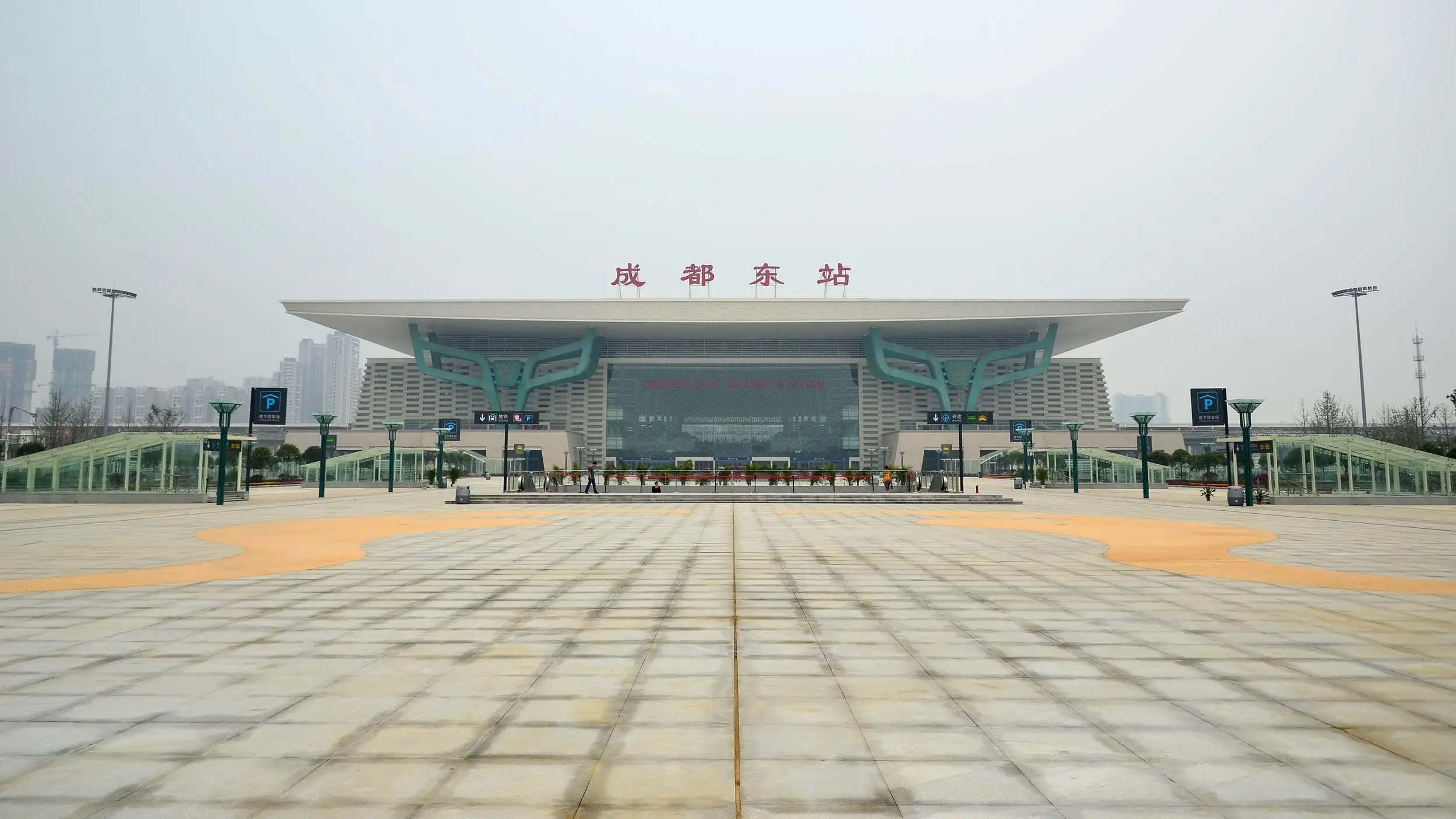
Step 2: Passport Check and Security Screening
- Present your passport at the entrance for verification.
- Place all bags on the X-ray belt (similar to airport security).
- Liquids and sharp objects may be restricted.
Expanded Information:
- Express Channels: Look for express channels for foreign passport holders to expedite the process.
- Prohibited Items: Be aware that flammable liquids, including hand sanitizers containing alcohol, are prohibited.
- Carry-on Restrictions: The total dimensions for each piece of baggage cannot exceed 130cm, and the maximum total weight for your baggage is 20kg for each adult passenger and 10kg for each child passenger.
- Limited items: Matches (≤ 2 boxes), Lighters (≤ 2), Nail polish (≤ 20ml), Pressured containers such as hairspray (≤ 120ml), Drinking alcohol (≤ 6 bottles not more than 500 ml each; only 2 bottles if the alcohol content is over 50%; the bottles must be unpacked), Cigarettes (≤ 50 cartons).
Step 3: Find Your Boarding Gate
- Check your ticket for the gate number (e.g., “Gate A5”).
- Screens display train numbers and departure times in English and Chinese.
- Platform numbers can sometimes change with very little warning.
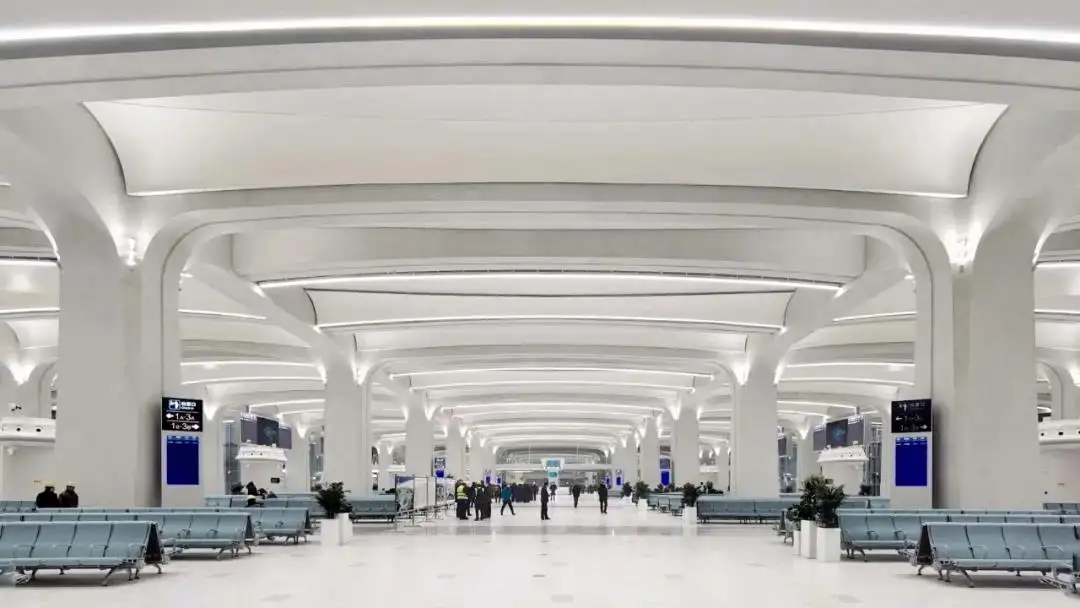
Step 4: Boarding Check
- Staff will scan your ticket and passport before allowing entry to the platform.
- Keep both documents easily accessible.
- With identity verification done in advance on the official website or at the ticketing window, you will also be able to use the self-service gate.
Step 5: Follow Signs to Your Platform
- Platforms are well-marked with train numbers and directions.
- Listen for announcements in Mandarin and English (in major stations).
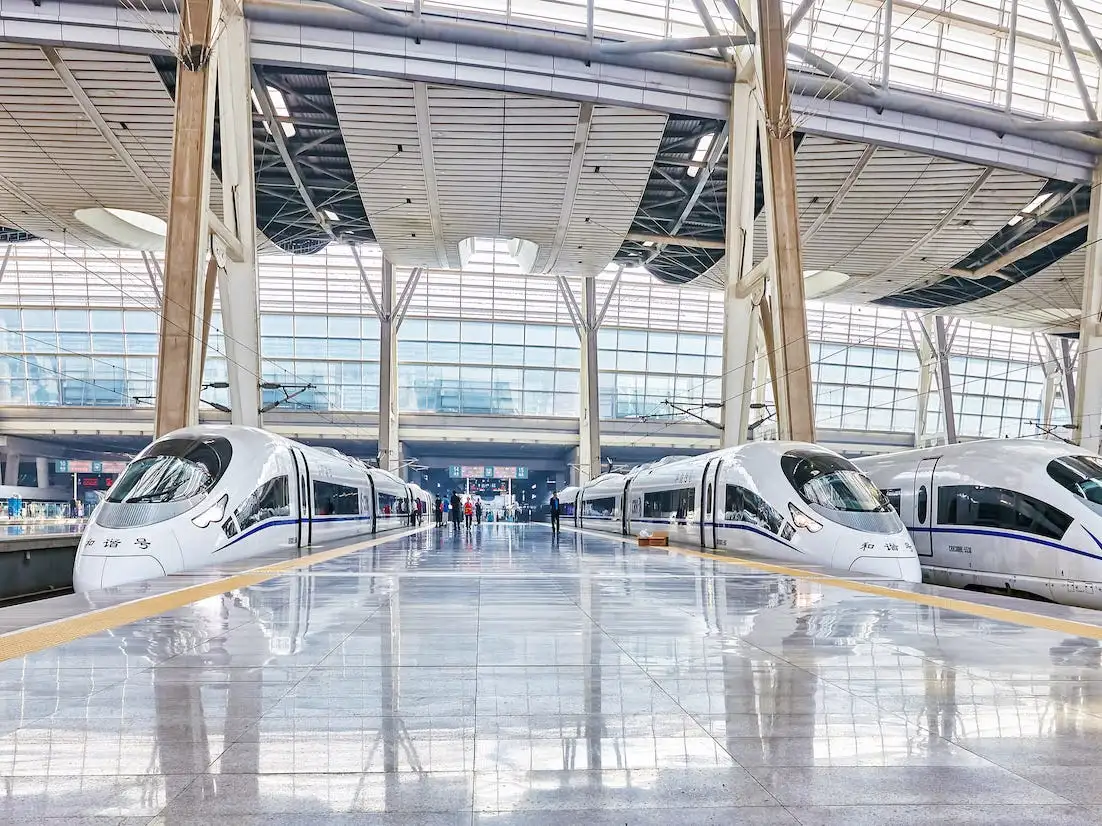
Step 6: Board the Train
- Match your carriage number (e.g., “Car 08”) with the signs on the platform.
- Store large luggage in overhead racks or designated areas.
Expanded Information:
- Luggage Storage: There are luggage racks above the seats for suitcases smaller than 24 inches. Larger suitcases can be stored in closets at the connection of two coaches or behind the last row of seats.
Step 7: Locate Your Seat
- Seats are labeled with row and letter (e.g., “10F”).
- Business class offers more space, while second class is budget-friendly.
Expanded Information:
- Seat Classes: Consider first class for long trips, as it offers more space and softer seats. Second class is the most economical option.
- Facilities by Class: Business class tickets include complimentary meals and drinks.
Step 8: Enjoy the Ride
- Trains reach speeds of 300 km/h (186 mph) with minimal noise.
- Onboard amenities include:
- Dining cars (meals and snacks for purchase).
- Clean restrooms (Western and squat toilets available).
- Power outlets at every seat.
Expanded Information:
- Food Options: You can find Chinese-style set menus, snacks, and beverages in the dining car. Pre-order meals when booking your ticket for a guaranteed hot meal. It is also an option to scan the QR code on their seats to order meals online, such as KFC, McDonald’s, and Starbucks.
- Toilet Types: High-speed trains typically have both Western-style and squat toilets. Accessible toilets are also available, usually in carriage No. 5, with baby changing tables.
- Bringing Your Own Food: You can bring your own food, such as instant noodles, fruits, and snacks. Note that self-heating food is not allowed.
- Hot Water: Free boiled water is available in each carriage.
- Wifi: Wifi is available.
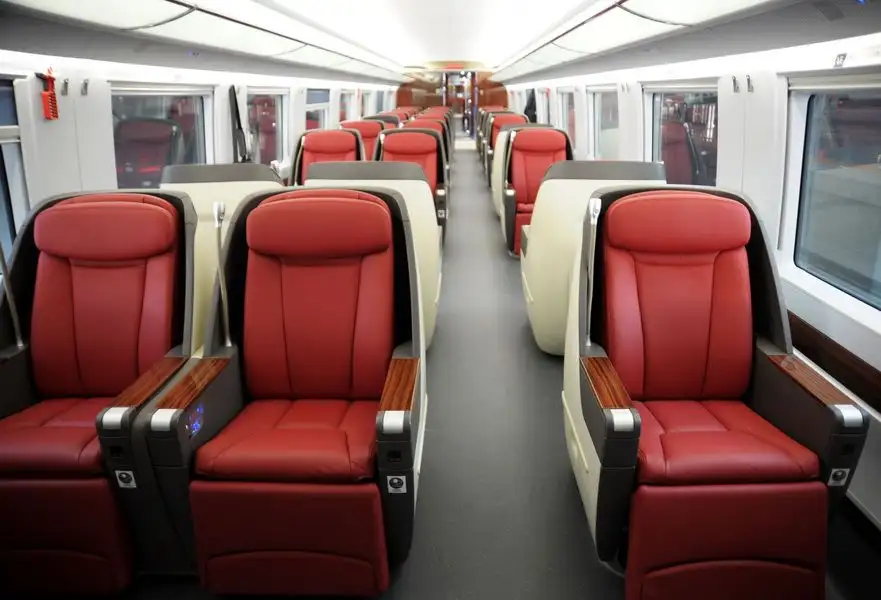
Step 9: Disembarking at Your Destination
- Listen for station announcements.
- Follow exit signs to taxis, metro, or buses.
Essential Tips for Foreign Travelers
- Buy Tickets in Advance: Use platforms like Trip.com or visit a ticket counter. You can purchase tickets up to 15 days in advance.
- Online platforms like Trip.com offer English interfaces and accept international credit cards.
- The official China Railway website (12306.cn) has an English version, but it may be challenging to use.
- Passport Required: No digital copies; carry the original.
- Ensure the name on your ticket matches your passport exactly.
- Luggage Rules: Max 20 kg (44 lbs) per person; oversized bags may incur fees.
- For high-speed trains, the total dimensions (length + width + height) of each item must not exceed 130 cm.
- Language Help: Download Google Translate (offline Mandarin pack recommended).
- Learn basic Chinese phrases such as “火车站” (huǒ chē zhàn) – Train station.
- Most signs and announcements are in both English and Chinese.
Additional Tips:
- Delays: While China’s high-speed rail is generally punctual, delays can occur due to extreme rainfall or other factors.
- Cultural Differences: Be prepared for crowded stations, especially during peak travel seasons such as Chinese New Year and National Day Holiday.
- Customer service: Customer service is only available in Chinese and during working hours.
Conclusion
Riding China’s bullet train is a highlight of any China Tibet tour or cross-country adventure. By following these steps, you’ll navigate stations, security, and boarding with confidence.
Ready to explore? Book your tickets today and experience the future of rail travel!
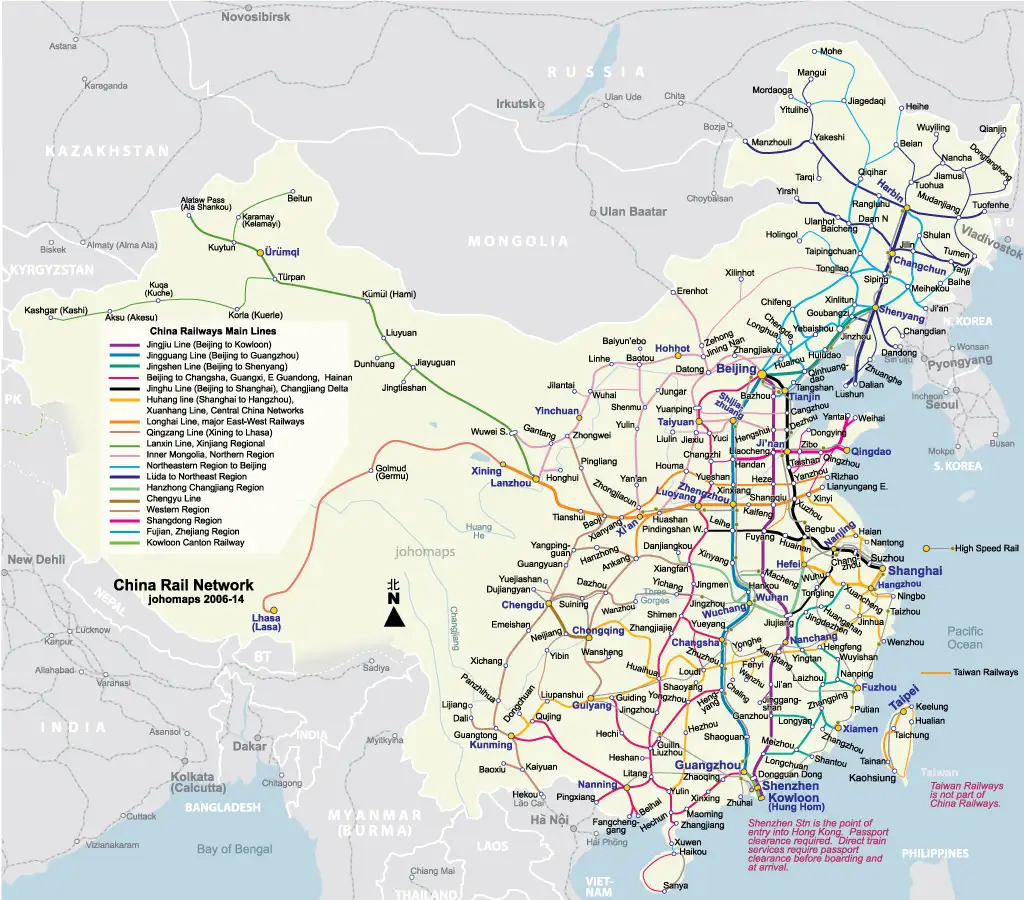

0 Comment